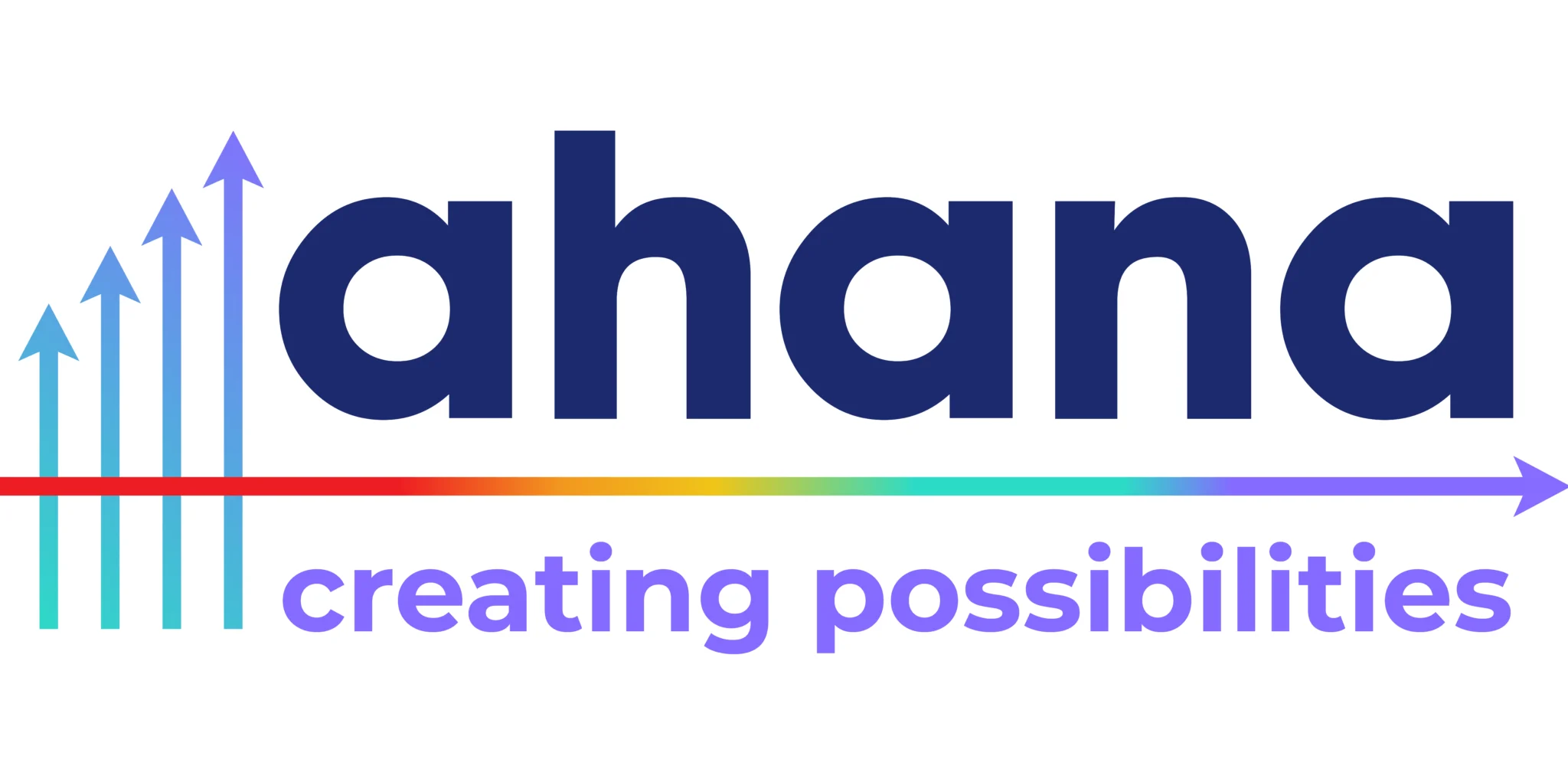Optimization of the last-mile delivery performance is essential to overcome the underlying challenges of logistics and improve operational efficiency. Today’s customers want what they want, and they want it quickly. Thus, the companies have to leave no stone unturned to improve their last-mile delivery strategy and meet customer expectations.
In this article, we will explore how data-driven insights can significantly help in optimizing last-mile delivery performance. We will learn how data metrics can help in optimizing routes, forecasting demands, and managing fleets. By adopting these strategies, businesses can improve delivery speed, reduce costs, and ensure customer satisfaction in the competitive logistics landscape.
Let’s begin with the basics.
What is Last-Mile Delivery?
In layman’s words, last-mile delivery refers to the final step of getting products delivered from the transportation hub to the customer’s doorstep. Though it may ostensibly seem the tiniest part of the entire supply chain, it is the most complex and expensive stage. It is one of the most resource-intensive and complex challenges for businesses, particularly in metro cities or urban areas with unpredictable demand patterns.
To overcome the last-mile delivery challenges, businesses must leverage data-driven insights and metrics that can be used with advanced tools like predictive analytics, machine learning, and others.
The effective utilization of these technologies will help optimize fleet management for streamlined last-mile delivery services. Additionally, data science can be used to forecast demand spikes and optimize delivery routes, which improves customer satisfaction and speeds up deliveries while cutting expenses.
How will Data-Driven Insights help optimize Last Mile Delivery?
Technology has penetrated every sector and industry with robust improvement. Data is now being used to optimize even the tiniest step of operations. By using the power of advanced analytics, AI & ML, businesses can boost efficiency and costs and improve customer satisfaction.
Here is a comprehensive overview of how data science improves last-mile delivery:
1. Optimizing Travel Routes:
-
 Existing Challenge:
Existing Challenge:
Metro cities and other urban areas are highly prone to various logistic challenges such as traffic congestion, jams, narrow streets, and multiple locations delivery. To sum up, all these factors lead to inefficient routes, higher fuel consumption, and prolonged delivery times. -
 Solution:
Solution:
ML algorithms are highly reliable and powerful for analyzing external parameters such as road conditions, traffic patterns, and other historical data to find the shortest and quickest routes. Algorithms like Dijkstra’s Algorithm and A Search* are implemented using live feeds for traffic, delivery density, and weather conditions to dynamically re-route. -
 Result:
Result:
There will be much lower delivery times and fuel costs with optimized delivery routes. It will drastically reduce the overall operational costs and also increase the reliability of timely deliveries, especially in urban regions. Drivers will feel more motivated as they won’t be stuck in traffic.
2. Forecasting Demand to Allocate Resources:
-
 Existing Challenge:
Existing Challenge:
The demand for services or products changes over time, like during the festive or holiday season. It results in over or under-allocation of resources, resulting in delayed deliveries or increased costs. -
 Solution:
Solution:
Machine Learning Models like ARIMA (AutoRegressive Integrated Moving Average) and Gradient-Boosting Machines can be used to analyze historical sales data, weather forecasts, and other trends. This data is processed by platforms like Google Cloud AI to precisely forecast demand trends and manage inventory levels, staffing, and vehicle assignments. -
 Result:
Result:
By allocating resources as per the anticipated demand, the logistics operations will be more effectively aligned with sufficient resources available during peak times. Customers receive goods on schedule, and businesses have fewer delays and lower overstaffing costs.
3. Accurate Prediction of Time of Delivery:
-
 Existing Challenge:
Existing Challenge:
Today’s customers prefer to get an accurate delivery date of the products they have ordered. However, with changing traffic conditions, weather, or driver practices, there can be minor or sometimes bigger fluctuations in the delivery date & time. It results in frustrating customers and damaged brand reputation. -
 Solution:
Solution:
There are LSTM (Long Short-Term Memory) models that leverage predictive analytics as well as tools like Microsoft Azure Machine Learning to help in this. These tools or models leverage real-time traffic data, driver performance metrics, and weather conditions. Furthermore, these models also adjust dynamically to offer more accurate ETAs to customers. -
 Result:
Result:
Customer trust and satisfaction increase with accurate ETAs. Companies also improve operational transparency, which leads to a lower number of complaints and a higher customer retention rate.
4. Fewer Number of Failed Deliveries:
-
 Existing Challenge:
Existing Challenge:
There are many instances in which the customers are not available at the delivery address they provided, which results in failed or missed deliveries. These missed deliveries increase costs and inefficiencies. Each failed attempt results in wasted resources and reduced profit margins. -
 Solution:
Solution:
Using behavior analytics insights from Tableau, data science models based on clustering methods, such as K-Means, determine the optimal delivery time windows according to past client availability trends. Here, integrating real-time communication with clients to confirm delivery timings is also supported by an AI-powered chatbot. -
 Result:
Result:
There will be a much smaller number of failed delivery attempts. The customer satisfaction will increase, plus the environmental impact will also decrease.
5. Optimization of Fleet For Diverse Packages:
-
 Existing Challenge:
Existing Challenge:
It is a complex task to manage fleets that handle diverse package fees, weights, and delivery priorities. Inefficient fleet allocation further leads to underutilization of vehicles and higher operational costs. -
 Solution:
Solution:
Optimization algorithms such as linear programming can be used. Additionally, package dimensions, vehicle capabilities, and delivery urgency can be examined using simulator programs such as AnyLogic. Companies like AWS SageMaker can even allow automated vehicle assignments, meaning that the appropriate vehicle will be deployed for the respective delivery. -
 Result:
Result:
Proper utilization of the fleet helps reduce operational costs and delivery times. Businesses can handle high volumes of diverse deliveries without overburdening their logistics network, thus maintaining smooth operations and customer satisfaction.
Wrapping Up:
Data-driven insights have emerged as the ultimate way to overcome logistics last-mile challenges. Companies like Ahana have proven experience in leveraging data science technologies like predictive analytics and machine learning to help businesses achieve operational excellence.
With our expertise in datasets and AI & ML technologies, we can help you in unlocking the full potential of last-mile delivery optimization. Whether it’s improving fleet management, optimizing routes, or forecasting demand, we are here to help you deliver success.

